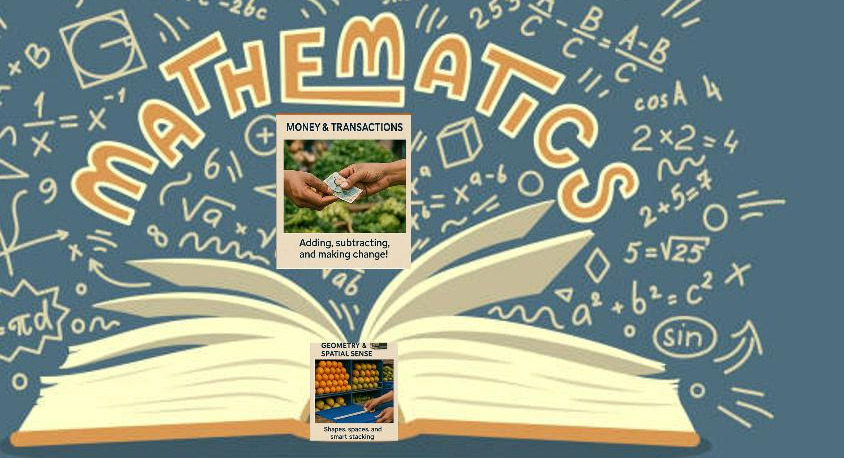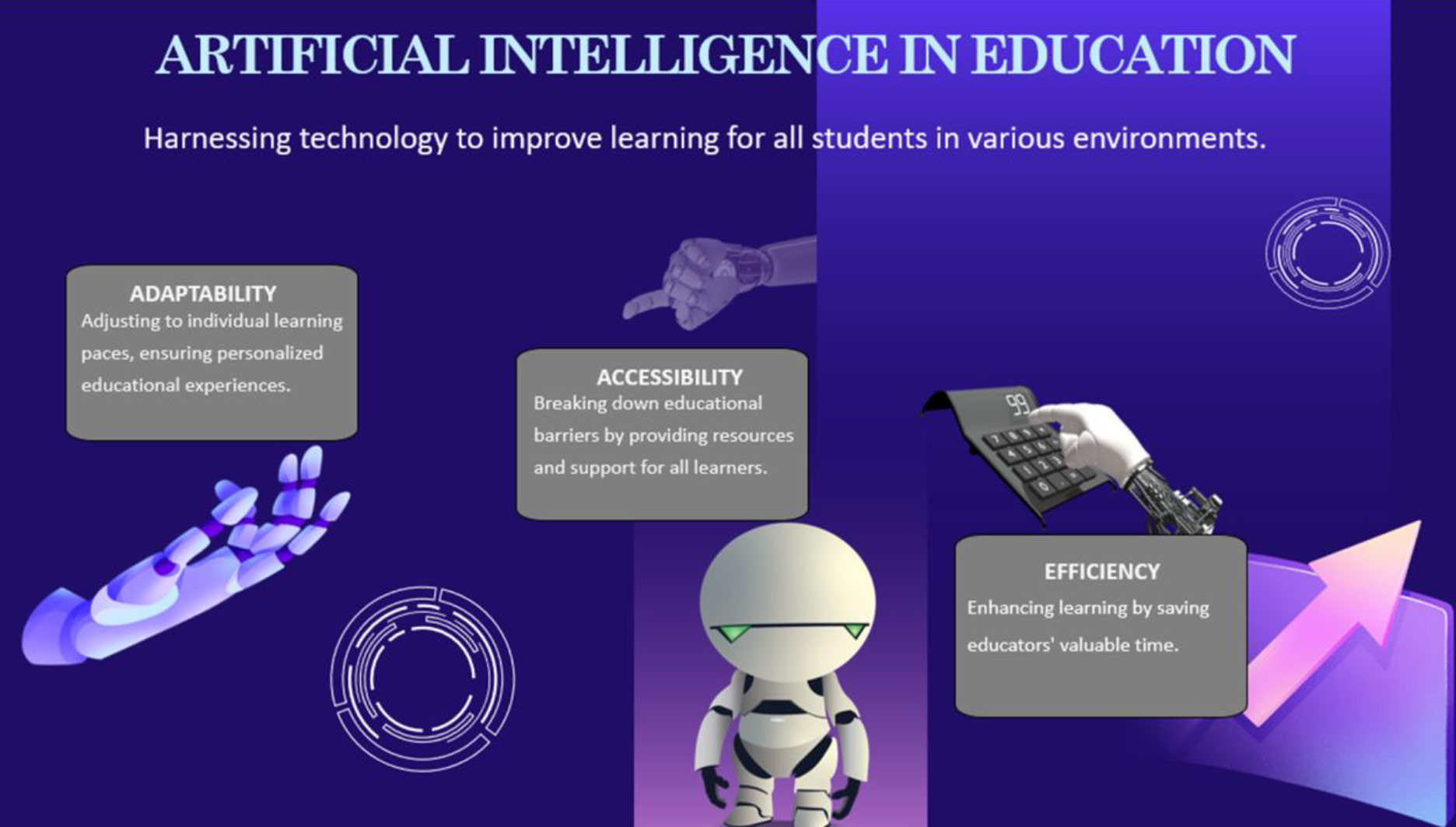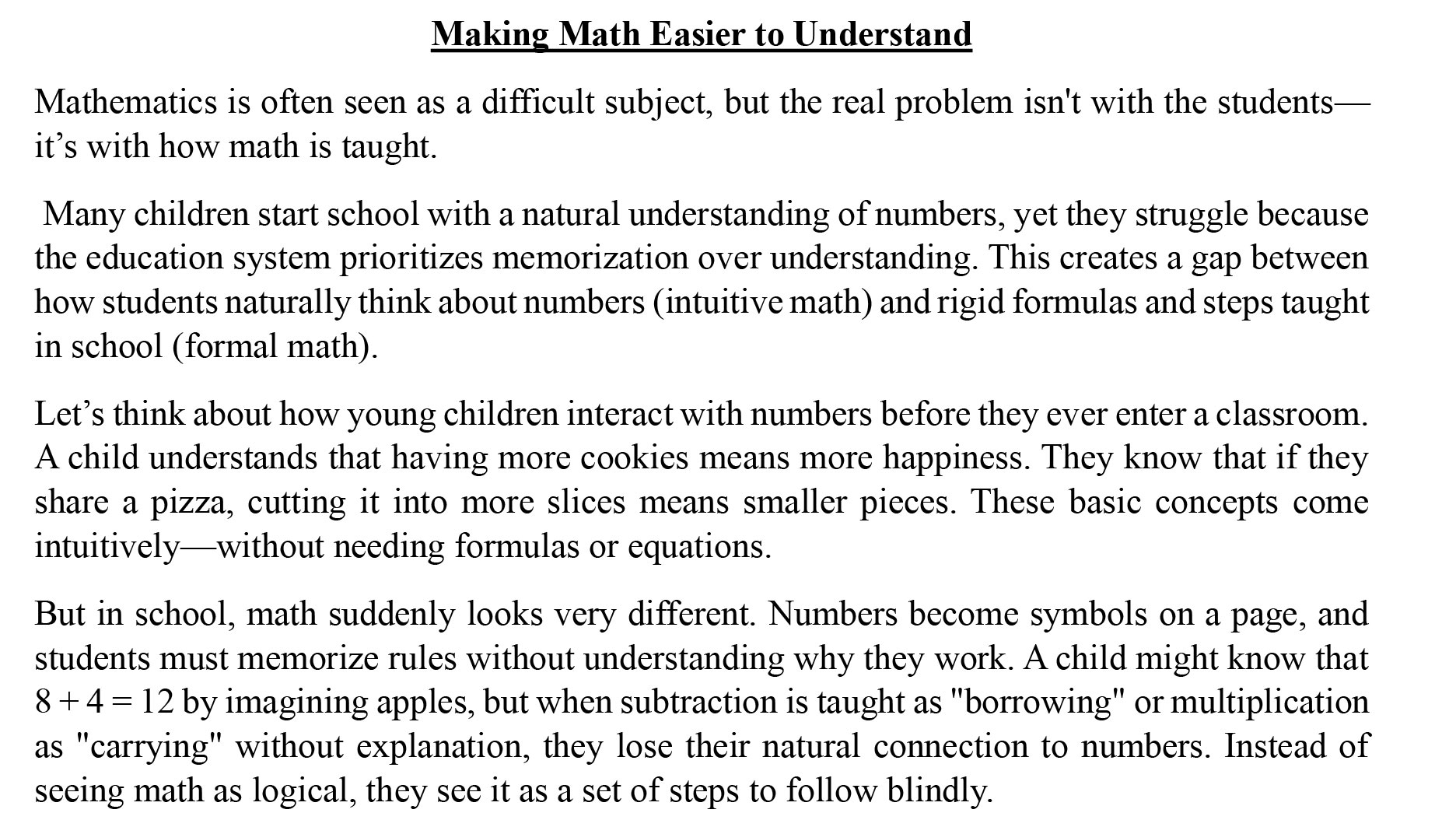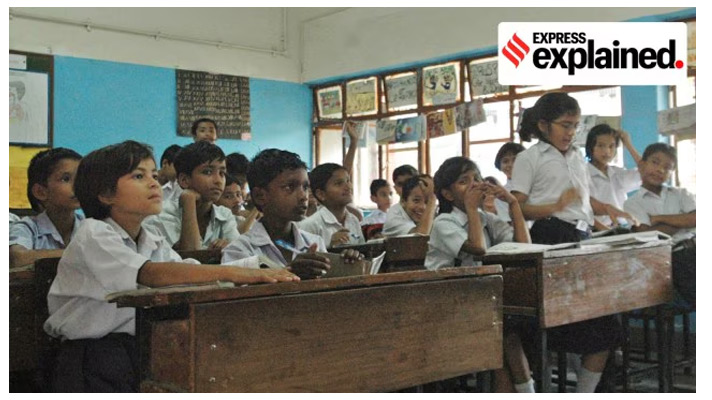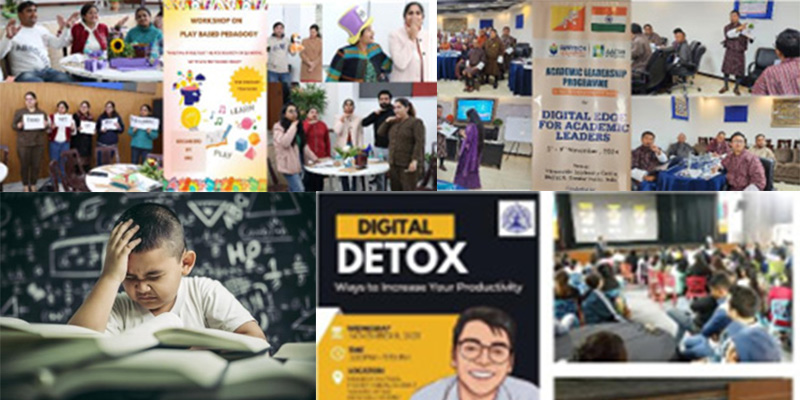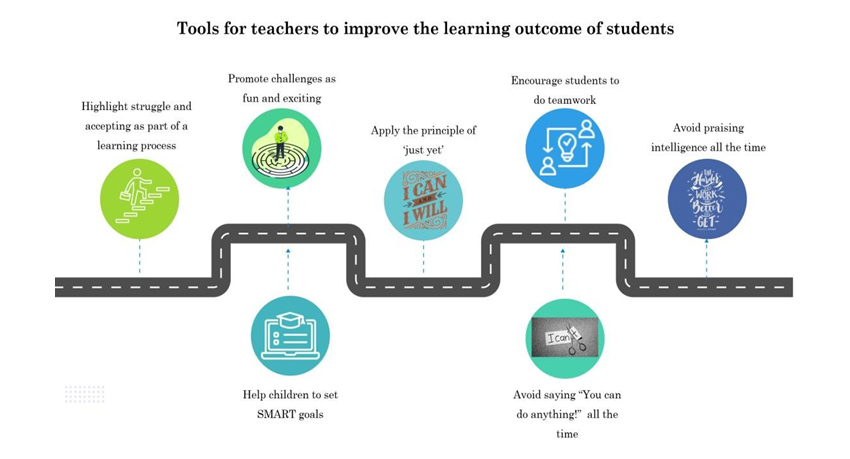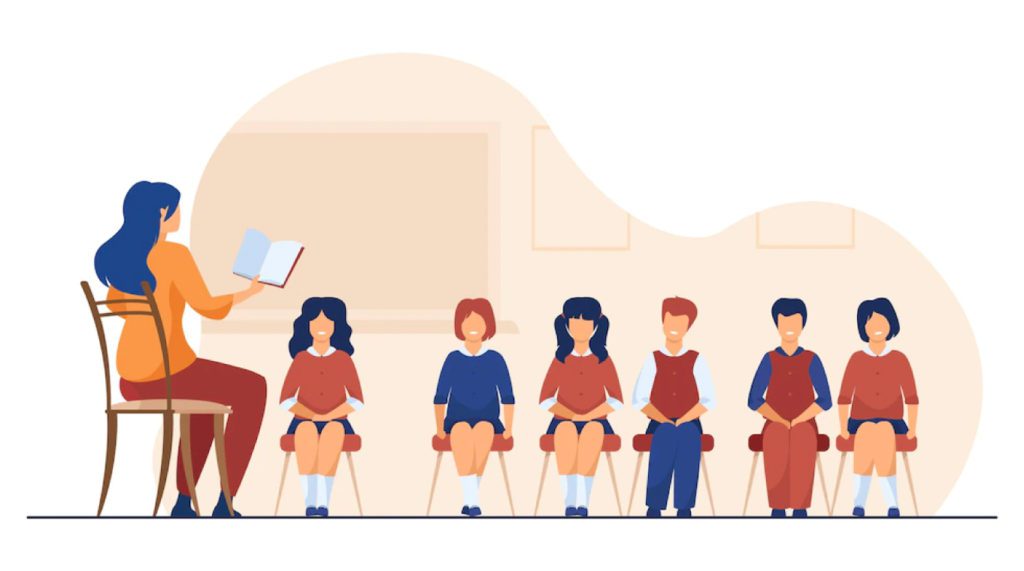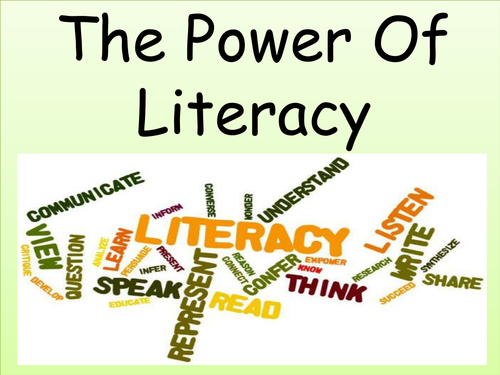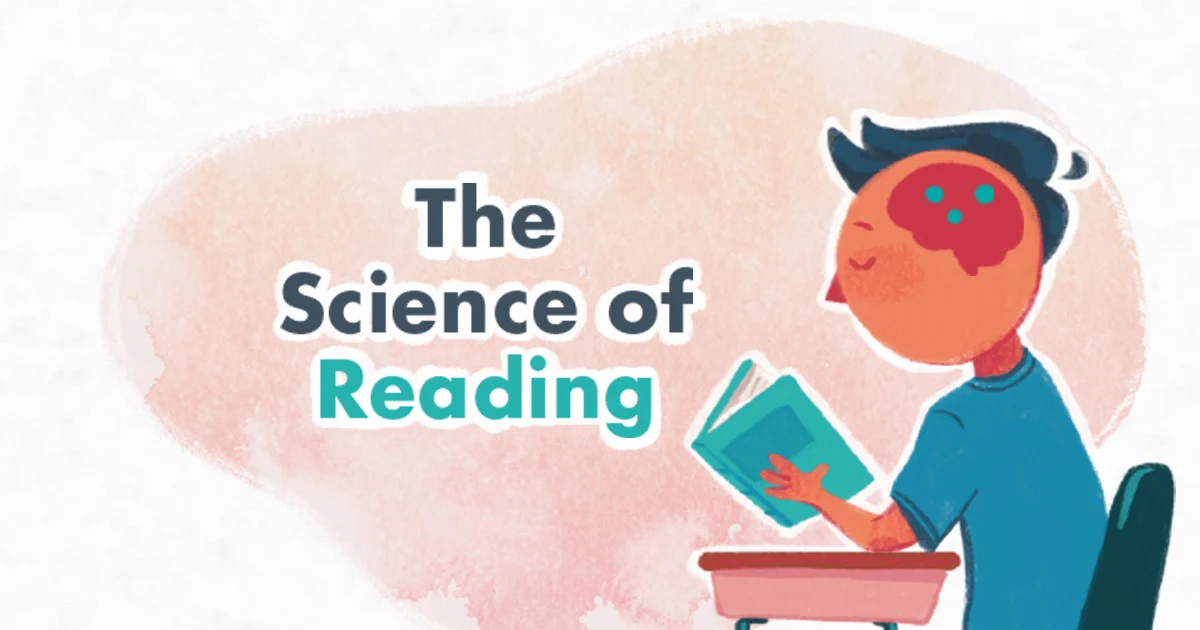The Problem
A study published in Nature by several prominent authors including Nobel laureates Abhijit Banerjee and Esther Duflo, titled 'Children's arithmetic skills do not transfer between applied and academic math', highlighted that Indian kids working in markets are proficient in arithmetic skills and mental maths but are unable to solve simple problems in abstract form as taught in school. School children are either unable to solve market related arithmetic problems or take too much time even with pen and paper. According to the researchers the study pointed towards the “failure of the pedagogical practices” in the way mathematics is taught in primary classes.
The issue as stated by MIT economist Esther Duflo (co-author of study), is: "For the school kids, they do worse when you go from an abstract problem to a concrete problem," "For the market kids, it's the opposite."
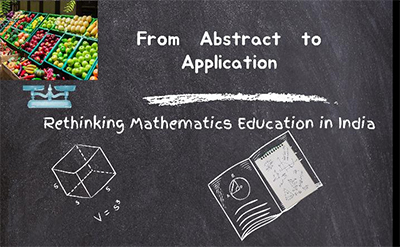
According to me, this gap arises out of the fact that mathematics is taught with a stress on conceptual and procedural knowledge with abstract problems to solve while the real-world problems and their solutions remain beyond the classrooms. These problems require not just knowledge but also application of concepts and procedures.
The Solution
The solution lies in an education system that can prepare the students for the future in real world. The real-life situations need to move to the classrooms and the classrooms need to find their place somewhere in the real world outside. This requires integrating real-life scenarios into classrooms, making classroom learning relevant to the outside world.
This has been acknowledged by NCF 2023 which now has put competency based education in forefront of Indian education system. The focus of the curriculum has already shifted from being abstract to concrete and contextualised, rooted in real life problems. It has highlighted that teaching of mathematics in classroom and using mathematics to solve real life problems cannot be done in isolation. That is why NCF has already brought the two together by focussing upon Maths-Literacy which brings in competencies that require translating the real world to the mathematics world, develop the most appropriate mathematical solution using mathematical concepts, facts, procedures, and reasoning and transmitting the solutions to the real world with the use of appropriate language and terminology.
Experiential learning is the key to bridge the gap. It involves tackling real-world problems, which helps develop critical thinking and problem-solving skills. Students learn to analyse situations, make decisions, and reflect on the outcomes, fostering a deeper understanding of the subject matter. However, curriculum alone is not enough; effective classroom implementation and assessment are equally crucial.
Role of a teacher
Teachers play a key role in fostering these competencies through appropriate pedagogies. For example, the curriculum may provide a story from a market to teach mathematical operations like addition and subtraction. While students learn the concept and procedures, teachers can enhance learning by creating a simulated marketplace where students experience transactions and apply as well as practise their mathematical skills in a realistic context.
Similarly, a shift in how assessment is understood and conducted is also important for bridging the gap highlighted in this report. While summative assessments are ideal to test the understanding and application of mathematical knowledge on paper, formative assessments are the ideal tools for creating situations where kids can apply their knowledge and skills to the real life and teacher could evaluate their competencies and proficiencies beyond written tests.
Challenges
While, I can't emphasise more on the importance of a teacher in finding a solution here, I would also like to acknowledge the challenges a teacher faces to effectively follow the ideal transaction and assessment strategies and achieve the desired outcomes in the classroom. The shortage of trained teachers in tier II and III cities, limited professional development opportunities, inadequate infrastructure, and overcrowded classrooms are major obstacles. Effective implementation of curriculum, pedagogy, and assessment strategies requires policy changes and administrative support to ensure meaningful learning outcomes.
Conclusion
Bridging the gap between abstract mathematical learning and real-world application is crucial for preparing students for practical challenges. While competency-based education and experiential learning offer promising solutions, their success depends on effective classroom implementation, teacher training, and systemic support. By integrating real-life contexts into teaching and assessment, we can ensure that mathematics is not just a subject to be memorized but a skill to be applied, empowering students to navigate the complexities of the real world with confidence.

Ms. Shashi Dahiya, Math Teacher, RSJMS
Ms. Shashi Dahiya – With 27 years of experience as a dedicated Mathematics educator, I have continuously evolved in my teaching journey, refining my methods to make learning both engaging and impactful. My passion lies in transforming Mathematics into an enjoyable and accessible subject, ensuring that every student gains confidence and clarity in their understanding. Through innovative strategies and a student centric approach, I strive to make Math not just a subject but an exciting adventure in logical thinking and problem-solving.





